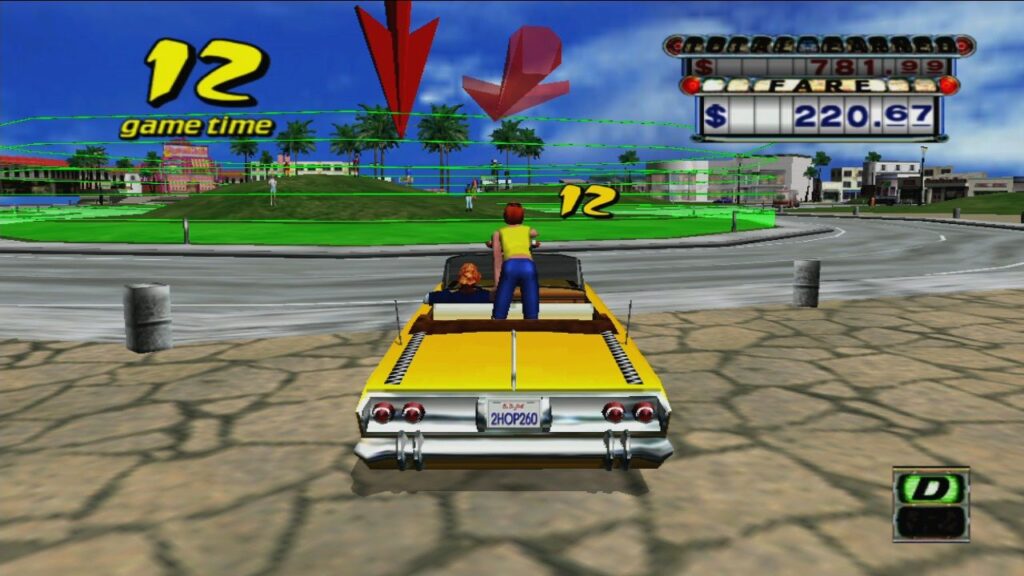Works made for hire are a great tool that every solo or small game developer should understand. They let you get around the problem (and also big benefit) that comes with copyright- if you make something, you own the copyright.
Very rarely are video games made by just one person, they’re a multidisciplinary art form. Usually multiple people are working on different parts of a game like the design, art, music, code, and everything else that goes into creating a game. Other art forms are similarly multidisciplinary like film, which has acting, cinematography, musical score, visual effects, and more.
However, developers, often inexperienced ones, often fail to consider who owns the copyright over the overall finished product as well as each individual piece of the game or believe that because they have a verbal understanding (or are friends) that things will just work out.
When creating any piece of art that involves the contributions of multiple people regardless of the medium, it is important that the creators understand who owns the copyright and who can enforce it. It is therefore equally important that the contract under which the work is created correctly lays out these terms and that all parties understand what those terms are. From what I’ve seen from some game developers who don’t understand how contracts work, it’s a good start to have a contract at all! Enter works made for hire. Understanding what a work made for hire is and how to use them will ensure that the right people hold the copyright over the creative work, as well as help avoid disputes in the future.
Let’s knock something out right here. As soon as you bring someone on to work with you, as an artist, musician, or whatever else, you should get a signed contract with them! If you don’t have a contract stating that the work being done is a work made for hire, then the ownership of the copyright may not be what you think it is, and that can create some legal problems down the line.
Let’s talk about what happens to the copyright on something that multiple people contributed to, then talk about how contracts can be used to define the copyright in a way that’s generally more useful to a game developer.
To keep it simple- if you make something, you own the copyright. Great for individuals, but that’s a problem for multiple people working on something. Contracts let you work around this, get a contract!
Works Made for Hire- Copyright with Collaborators
By default, the author of a creative work is a person or persons who created the work. If you create an “original work of authorship” that is “fixed in any tangible medium of expression”, you own the copyright automatically and can prevent other people from using your work.
A video game is considered a fixed work, so they are eligible for copyright protection. While it is automatic, registering your copyright grants additional protections and is generally recommended. This works well for when one person creates something, but what happens in situations where multiple people contribute to a work? This depends on how the work is created, and what contracts surround the creation.
A work made for hire is an exception to the general rule of copyright ownership. When a work is a work made for hire, someone other than the person who created the work is considered the author for the purposes of copyright (though the actual creator could still be credited without affecting this status) and ownership over the copyright is changed accordingly.
This point is worth emphasizing. If you don’t have a contract with someone who has created something for you, they likely have a claim to the copyright over the work they have created as its creator.
Generally in this sort of situation, one party orders or commissions a work to be made, or the work is made during the scope of employment. For example, a musician may write a soundtrack for a game or movie under a contract that designates the work for this soundtrack as a work made for hire. In such a case, the studio commissioning the work would be considered the author for the purpose of copyright and would accordingly own the copyright.1
How to Create a Work Made for Hire
The definition of a work made for hire can be found in section 101 of the Copyright Act. It is defined as…
- A work prepared by an employee within the scope of his or her employment or
- A work specially ordered or commissioned for use
- As a contribution to a collective work,
- As a part of a motion picture or other audiovisual work,
- As a translation,
- As a supplementary work,
- As a compilation,
- As an instructional text,
- As a test,
- As answer material for a test, or
- As an atlas,
If the parties expressly agree in a written instrument signed by them that the work shall be considered a work made for hire.
17 U.S. Code § 101
Essentially, this section defines two kinds of works made for hire. The first is a work created by an employee as part of their job. The second is a work that is created by a contract. Let’s look at each type of work made for hire individually.
Works Prepared by Employees
The first type is pretty straightforward. It is “a work prepared by an employee within the scope of his or her employment”. Imagine a game studio or movie production company. It probably regularly produces and releases creative works and has a number of employees that get paid at regular intervals that create different parts of these works. The studio doesn’t have to negotiate and contract with its employees for each and every work that they produce – that would be inefficient and create a lot of odd situations. Anything they produce while on the job is considered a work made for hire and the copyright is automatically owned by the studio.
Notably, anything that they do outside of the scope of their employment, such as at home with their own resources, would not fall under this definition and would often not be a work made for hire. The distinction between what is and is not within the scope of employment can be tricky though, and can be the source of many arguments.
Note that this type of work made for hire only covers employees, not independent contractors. The US Supreme court held in Community for Creative Non-Violence v. Reed2 that these terms are “to be understood in light of agency law” rather than “on the law of any particular state”.
Take care when working with someone to produce a work made for hire as an employee that they are not actually an independent contractor and are an employee and that the work is produced in the scope of their employment. There should
Works Specially Ordered or Commissioned
This type of work made for hire is much more common for small studios or developers. These types of studios often can’t afford or it would be unreasonable to hire employees full time.
There are two main requirements. The first is that the work is “specially ordered or commissioned for use” for one of the listed purposes. “As a part of a motion picture or other audiovisual work” covers most use cases for studios, such as a musician creating a soundtrack for a game or film.
The second requirement is that the parties have “a written instrument signed by them [such as a contract] the work shall be a work made for hire.” If the work is going to be a work made for hire, always get it in writing!
The contract should specify that the work is to be a work made for hire, and it should be signed by both parties. If it isn’t in writing, it’s not a work made for hire, even if you have a verbal agreement! That bears repeating, if you do not have a contract with someone, they own the rights to the works that they make for you, you only own at most a license to use it in most situations!

This type of work made for hire allows an independent contractor to produce a part of a greater work, get paid, and have the person or studio paying them (or whoever is designated in the contract) act as the author for the purposes of copyright. This means that subsequent releases or revisions don’t require renegotiation to use the work. This is ideal for small studios who want to work with artists but not on a full-time employment basis, as it allows them to keep the copyright on the entire finished work while still getting contributions from outside artists.
Conclusion
An enforceable, well-written, and understood contract that creates a work made for hire can allow you or your studio to collaborate with artists to create a single work like a video game or film without having to worry about who owns what components of the overall work. In the next article we’ll be going over what happens when multiple people contribute to a work but there isn’t a contract specifying that it is a work made for hire. In those cases, it may be a joint work or a collaborative work, so they’re worth knowing about.
For smaller creators, a work that is specially ordered or commissioned is likely your best option, absent an employment relationship, which requires a contract stating that the work is a work made for hire.
Have questions of your own? Need to make sure your own contracts are up to par? Schedule a free consultation today.
- In the alternative, a musician may license the work to the studio, meaning the musician retains the copyright, but the studio gains the ability to use it according to the terms of the license. ↩︎
- Community for Creative Non-Violence v. Reid, 490 U.S. 730 (1989) ↩︎
